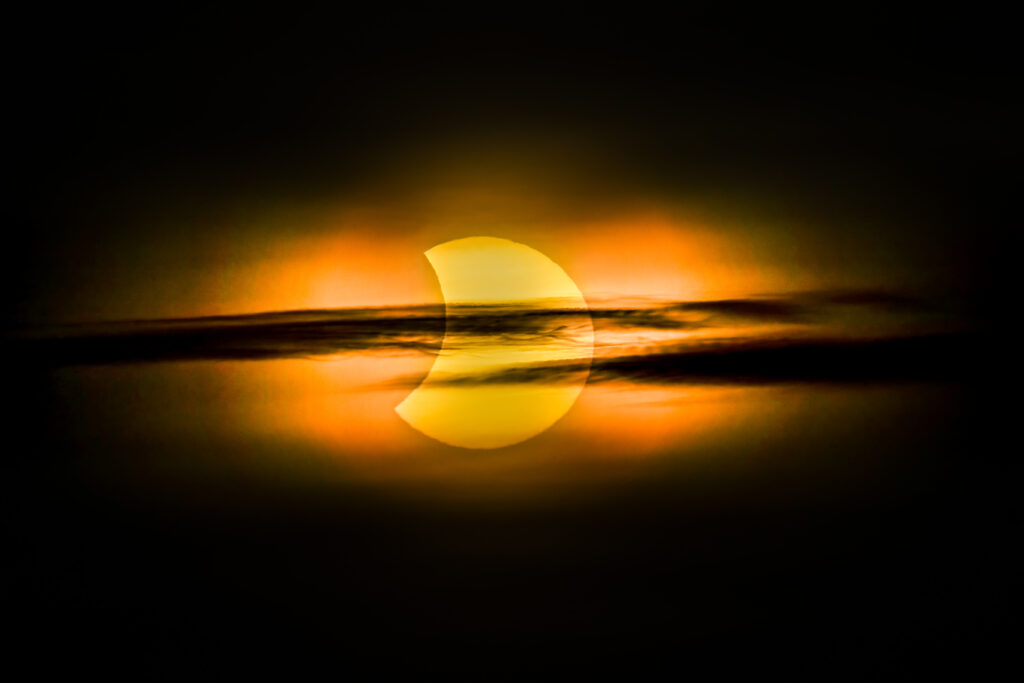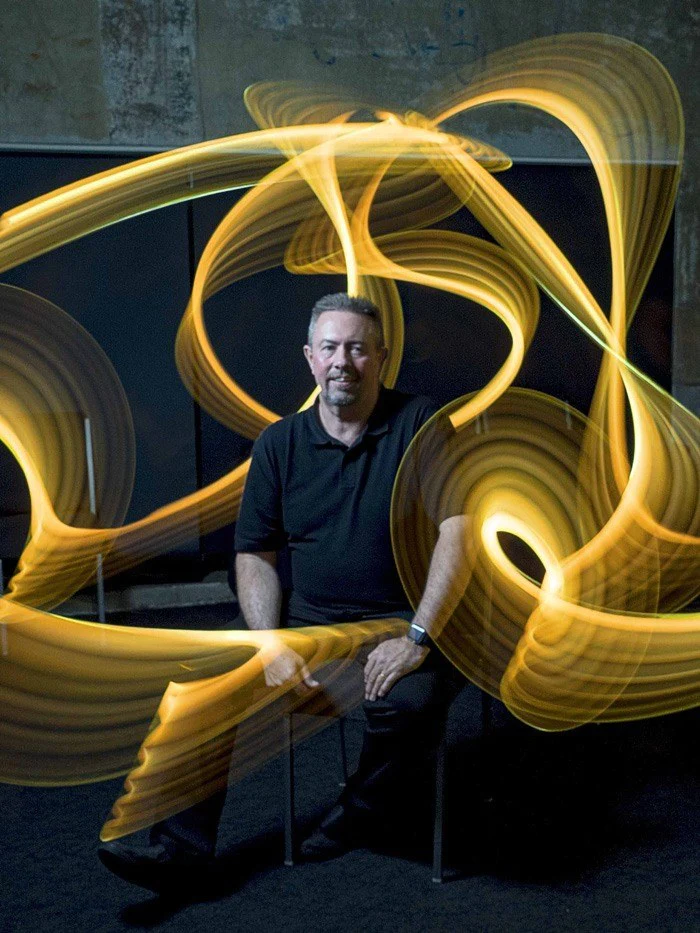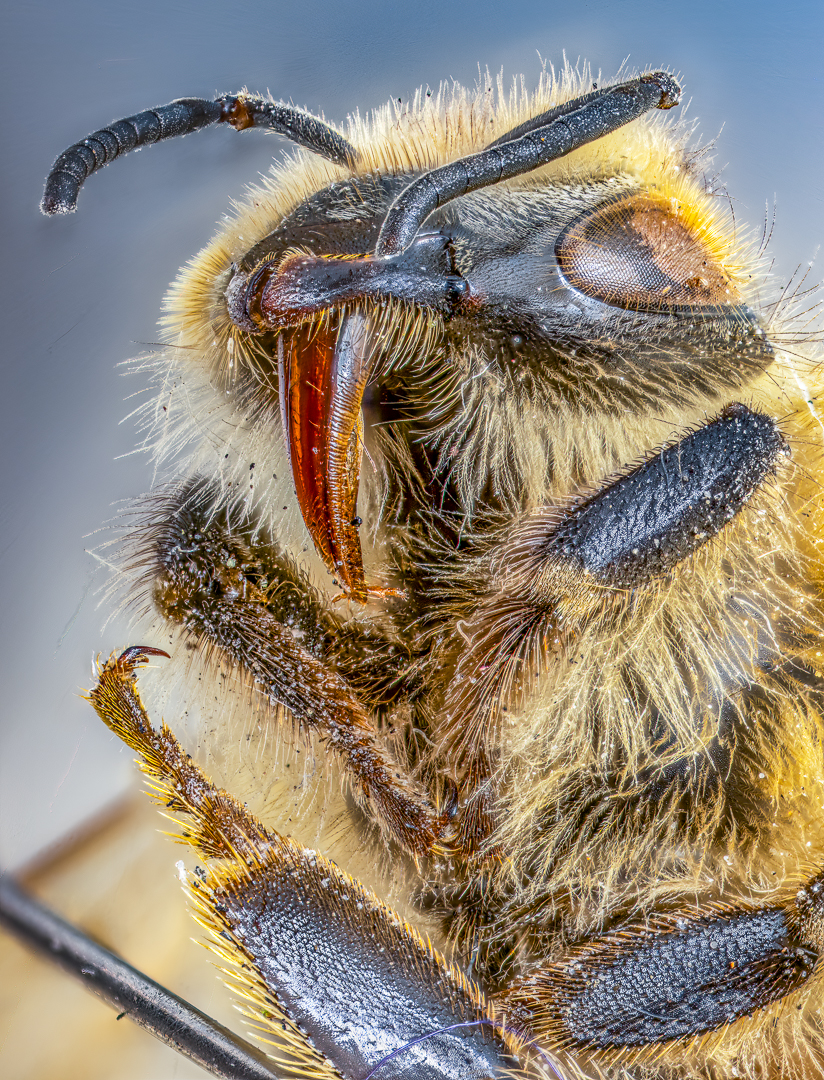For anyone starting out in photography, a flash gun is one of the earliest pieces of equipment we aspire to. Problem is, it can all be a bit daunting – strange numbers, new terminology, brand names we may not recognise. The process can be a bit stressful – which gun do I buy, how do I use it? Today we are going to take the pain out of that process in seven easy steps.
Buying a Flash Gun
If you have done even a slightest research into buying a flashgun then one word you will have kept reading is dedicated. A dedicated flashgun is designed to communicate directly with your camera and it will understand the setting you have made on your camera and use the information it receives to give the best possible output of flash. For example, a dedicated flashgun can receive focus information from your camera as well as exposure details. It can then work out where the subject is and adjust its output accordingly. A dedicated flashgun is not necessarily made by your camera manufacturer as there are also plenty of third party companies that often give the same features for a lower cost. Sunpak and Metz are examples of well known third party brands
Guide Numbers
This is a potentially confusing number that describes how powerful a flash gun is. The higher the number the more powerful the flash. There is a caveat though, some flashguns are rated at ISO 100 others at 200. A guide number will typically read as 80 at 100 ISO. This means if you have an aperture of f1.0 you can illuminate a subject 80 feet way at ISO 100. More typically you might use an aperture of f4, this means the flash will illuminate subjects at 20 feet away, f4 allowing in 1/4 the light of f1.
[url=https://flic.kr/p/8Lt5cx][img]https://farm2.staticflickr.com/1440/5097705349_8eefa1c2a8_z.jpg[/img][/url]
The guide number determines how powerful your flash is by Dan Eckert
Flash Sync Speed
Another number you need to know about if you use a DSLR is flash sync speed. Because the flash from a flashgun is so short, it struggles to synchronise when you press the shutter. Because of this, camera manufacturers specify a flash sync speed. Typically this is 1/125 or 1/250th of a second. Go over this shutter speed and you may find black lines appearing across your images. Some more advanced, dedicated flashguns have a high speed sync mode allowing you to sync at higher shutter speeds.
[url=https://flic.kr/p/9SiU53][img]https://farm4.staticflickr.com/3224/5820171010_ecb0bf2b66_z.jpg[/img][/url]
Sync Speed determines the highest shutter speed you camera and flash can operate at by Flavio~
Flash White Balance
The light from a flashgun is very blue. It has a color temperature of around 10,000k (see our article on color temperature here) Whist a camera will know when a flashgun is attached, it is not always good at correcting the white balance for flash. This is because it also takes into account other ambient light as well as blocks of color in the scene in front of you. To counter this you can set your camera to the flashgun preset or manually set a suitable white balance.
[url=https://flic.kr/p/BSwmA][img]https://farm1.staticflickr.com/131/405935074_31fd57b69d_z.jpg[/img][/url]
Flash produces a very blue light by Andrew Plumb
Flash Modes
Your new flashgun will have several modes, most of which are set from the camera itself rather than the flashgun. Most commonly used will be the Auto mode. This will use information from the camera as well as the flashgun's own sensors to automatically set the right amount of flash. Red eye reduction mode will fire a series of short pre-flashes to close the iris of the subject’s eyes and reduce reflection back from the retina. Slow sync mode will allow you to set very slow shutter speeds in low light to keep detail in the background. Rear Curtain Sync, this is a mode where the flash fires just before the shutter closes. The effect of this is that it allows anything that is moving, to have motion blur. Typically in normal flash mode, the output of the flash will completely freeze a subject.
[url=https://flic.kr/p/e82bJ8][img]https://farm9.staticflickr.com/8399/8612084651_d776369d84_z.jpg[/img][/url]
An example of rear curtain sync mode by Kyle Nishioka
Bounced Flash
When you first start shooting with your new flashgun, chances are you might be disappointed. This is because direct flash is very harsh and unflattering. There is a way however to get much better looking shots and that is to bounce the flash off a ceiling or even a wall. Most modern flashgun allow you to tilt the head of the gun upwards. Some allow you to swivel left and right also. When you do this, the flash will bounce of the ceiling or wall and become much more diffused and softer. This in turn gives a more flattering look to your subject. In automatic modes, the flashgun will calculate the extra distance required for the light to travel and compensate for it.
[url=https://flic.kr/p/74TbyR][img]https://farm4.staticflickr.com/3493/3982076353_5c88eaced4_z.jpg[/img][/url]
Bounced flash gives a much softer looking light by Damien D.
Fill In Flash
Ever tired to take a picture of your spouse in front of a beautiful sunset only to find they are so dark you cannot see their face? This is when you need fill in flash. Fill in balances the light coming from the background to the amount to light needed to illuminated the subject. The end result, a beautifully exposed spouse and a glorious sunset.
[url=https://flic.kr/p/6YuDpE][img]https://farm3.staticflickr.com/2450/3921096592_95f9b83f91_z.jpg[/img][/url]
Fill flash balances ambient light with your own flash light by Erik Söderström
These are seven tips are the basics of getting you started in understanding flash photography. Beyond these, flash is a huge a diverse part of mainstream photography but by understanding these you are well on your way to mastering flash




